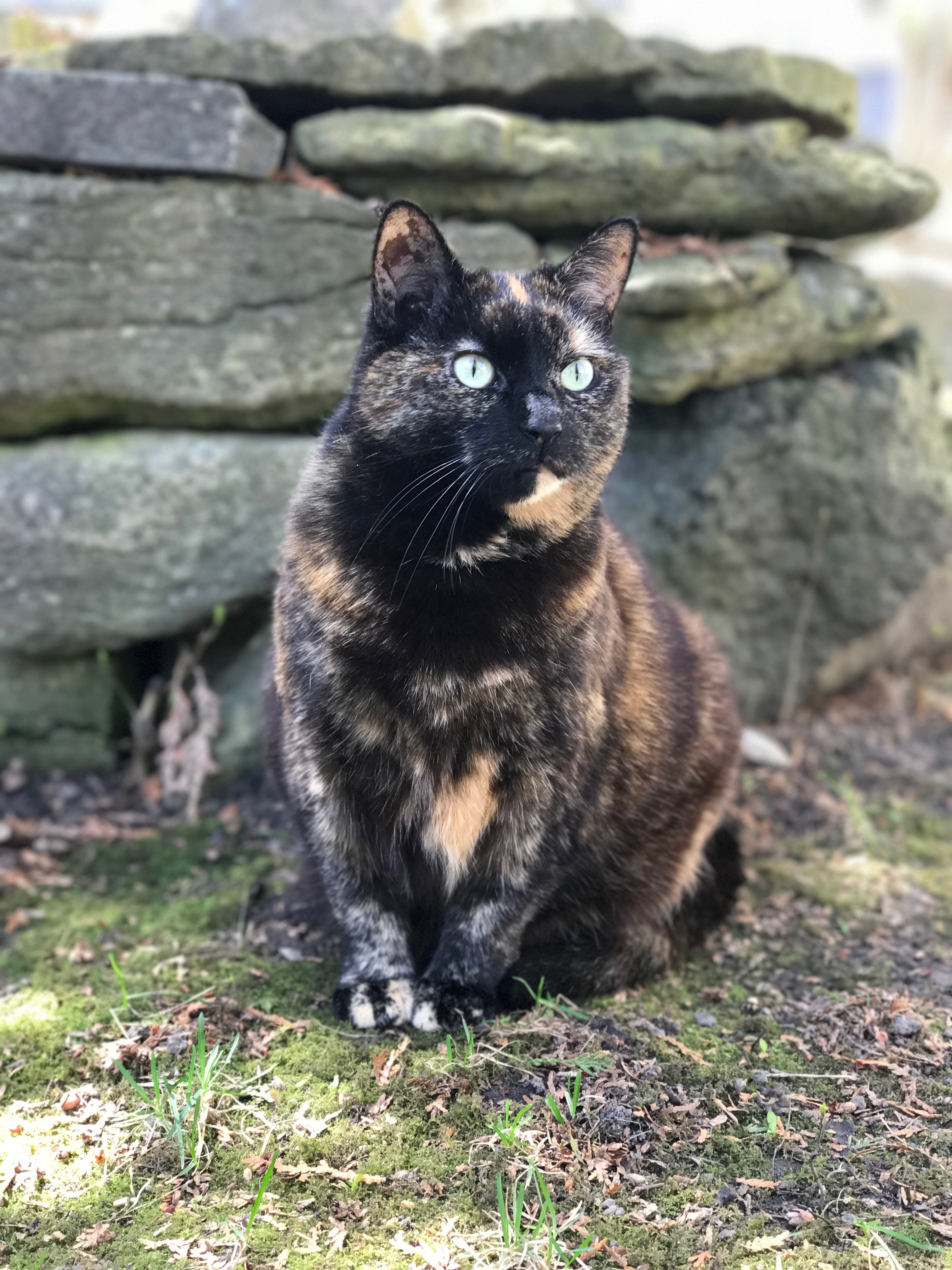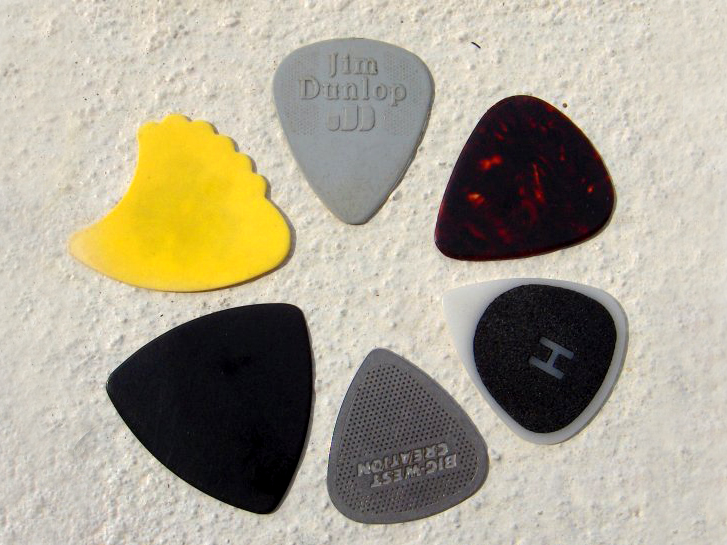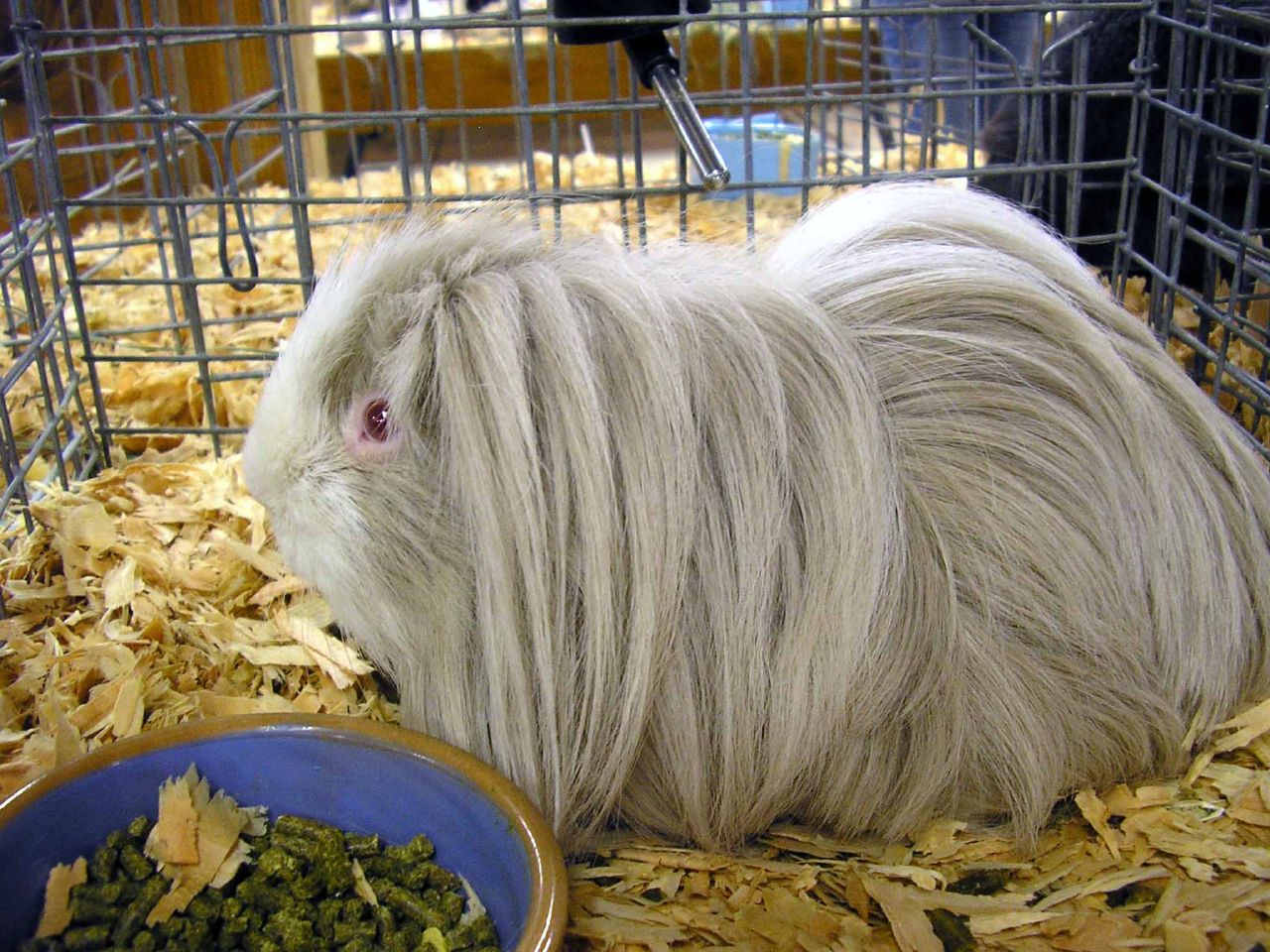|
Tortoiseshell
Tortoiseshell or tortoise shell is a material produced from the shells of the larger species of tortoise and turtle, mainly the hawksbill sea turtle, which is a critically endangered species according to the IUCN Red List largely because of its exploitation for this trade. The large size, fine color, and unusual form of the hawksbill's scutes make it especially suitable. The distinctive patterning is referred to in names such as the tortoiseshell cat, several breeds of guinea pig, and the common names of several species of the butterfly genera ''Nymphalis'' and '' Aglais'', and some other uses. Uses Tortoiseshell was widely used from ancient times in the North and in Asia, until the trade was banned in 2014. It was used, normally in thin slices or pieces, in the manufacture of a wide variety of items such as combs, small boxes and frames, inlays in furniture (known as Boulle Work carried out by André-Charles Boulle), and other items: frames for spectacles, guitar picks and k ... [...More Info...] [...Related Items...] OR: [Wikipedia] [Google] [Baidu] |
Tortoiseshell Cat
Tortoiseshell is a cat coat coloring named for its similarity to tortoiseshell material. Like calicoes, tortoiseshell cats are almost exclusively female. Male tortoiseshells are rare and are usually sterile.Atkins (2003), p.105 Tortoiseshell cats, or torties, combine two colors other than white, either closely mixed or in larger patches. The colors are often described as red and black, but the "red" patches can instead be orange, yellow, or cream, and the "black" can instead be chocolate, gray, tabby, or blue. Tortoiseshell cats with the tabby pattern as one of their colors are sometimes referred to as torbies or torbie cats. "Tortoiseshell" is typically reserved for particolored cats with relatively small or no white markings. Those that are predominantly white with tortoiseshell patches are described as tricolor, tortoiseshell-and-white (in the United Kingdom), or calico (in Canada and the United States). Cats with a tortoiseshell pattern and small blotches of white are som ... [...More Info...] [...Related Items...] OR: [Wikipedia] [Google] [Baidu] |
André Charles Boulle
André-Charles Boulle (11 November 164229 February 1732), ''le joailler du meuble'' (the "furniture jeweller"), became the most famous French cabinetmaker and the preeminent artist in the field of marquetry, also known as " inlay". Boulle was "the most remarkable of all French cabinetmakers". Jean-Baptiste Colbert (29 August 1619 – 6 September 1683) recommended him to Louis XIV of France, the "Sun King" (), as "the most skilled craftsman in his profession". Over the centuries since his death, his name and that of his family has become associated with the art he perfected, the inlay of tortoiseshell, brass and pewter into ebony. It has become known as '' Boulle Work'', and the École Boulle (founded in 1886), a college of fine arts and crafts and applied arts in Paris, continues today to bear testimony to his enduring art, the art of inlay. Life in 1677, on his marriage certificate, André-Charles Boulle gave his birth date, for posterity, as being 11 November 1642. No other ... [...More Info...] [...Related Items...] OR: [Wikipedia] [Google] [Baidu] |
Nymphalis
''Nymphalis'', commonly known as the tortoiseshells or anglewing butterflies, is a genus of brush-footed butterflies. The genera '' Aglais'', ''Inachis'', ''Polygonia'' and '' Kaniska'', were sometimes included as subgenera of ''Nymphalis''"''Nymphalis'' Kluk, 1780" at Markku Savela's ''Lepidoptera and Some Other Life Forms'' but they may instead be treated as distinct genera. See also anglewing butterflies. For other butterflies named tortoiseshells, see the genus '' Aglais''. The name ''Nymphalis'', established by |
Aglais '' or simply being an unnecessary division from the genus ''Nymphalis'',Evans, Arthur V. (2008). ''National Wildlife Federation Field Guide to Insects and Spider of North America''. p. 293. Sterling Publishing, London. . which also includes tortoiseshells, but it is usually considered to be separate. This proposed separate genus is also considered "brushfooted butterflies" historically together with the other or separate ''Nymphalis'' species.
''Aglais'' is a Holarctic genus of brush-footed butterflies, containing the tortoiseshells. This genus is sometimes indicated as a subgenus of ''Nymphalis ''Nymphalis'', commonly known as the tortoiseshells or anglewing butterflies, is a genus of brush-footed butterflies. The genera '' Aglais'', ''Inachis'', ''Polygonia'' and '' Kaniska'', were sometimes included as subgenera of ''Nymphalis'' Species References |
Guitar Pick
A guitar pick (American English) is a plectrum used for guitars. Picks are generally made of one uniform material—such as some kind of plastic (nylon, Delrin, celluloid), rubber, felt, tortoiseshell, wood, metal, glass, tagua, or stone. They are often shaped in an acute isosceles triangle with the two equal corners rounded and the third corner less rounded. They are used to strum chords or to sound individual notes on a guitar. In British English, guitar picks are referred to as ''plectrums'', reserving the term ''pick'' to identify the difference between this and finger picks. History Musicians have used plectra to play stringed instruments for thousands of years.Hoover, ''pp. 11-12''. Feather quills were likely the first standardized plectra and became widely used until the late 19th century. At that point, the shift towards what became the superior plectrum material took place; the outer shell casing of an Atlantic hawksbill sea turtle, which would colloquiall ... [...More Info...] [...Related Items...] OR: [Wikipedia] [Google] [Baidu] |
List Of Guinea Pig Breeds
There are many breeds of guinea pig or cavy which have been developed since its domestication circa 5000 BCE. Breeds vary widely in appearance and purpose, ranging from show breeds with long, flowing hair to laboratory breeds being used as model organisms for science. From roughly 1200 to 1532 CE (during the Spanish conquest of the Inca Empire), selective breeding by indigenous South American people resulted in many landrace varieties of domestic guinea pigs, which form the basis for some formal modern breeds. Early Andean varieties were primarily kept as agricultural stock for food, and efforts at improving cavy breeds (''cuy'') bred for food continue to the modern era, with entirely separate breeds that focus on size and disease resistance. With the export of guinea pigs to Europe in the 15th century, the goal in breeding shifted to focus on the development of appealing pets. To this end, various competitive breeding organizations were founded by fanciers. The American Cav ... [...More Info...] [...Related Items...] OR: [Wikipedia] [Google] [Baidu] |
Hawksbill Sea Turtle
The hawksbill sea turtle (''Eretmochelys imbricata'') is a critically endangered sea turtle belonging to the family Cheloniidae. It is the only extant species in the genus ''Eretmochelys''. The species has a global distribution, that is largely limited to tropical and subtropical marine and estuary ecosystems. The hawksbill's appearance is similar to that of other marine turtles. In general, it has a flattened body shape, a protective carapace, and flipper-like limbs, adapted for swimming in the open ocean. ''E. imbricata'' is easily distinguished from other sea turtles by its sharp, curving beak with prominent tomium, and the saw-like appearance of its shell margins. Hawksbill shells slightly change colors, depending on water temperature. While this turtle lives part of its life in the open ocean, it spends more time in shallow lagoons and coral reefs. The World Conservation Union, primarily as a result of human fishing practices, classifies ''E. imbricata'' as critically ... [...More Info...] [...Related Items...] OR: [Wikipedia] [Google] [Baidu] |
Turtle
Turtles are an order of reptiles known as Testudines, characterized by a special shell developed mainly from their ribs. Modern turtles are divided into two major groups, the Pleurodira (side necked turtles) and Cryptodira (hidden necked turtles), which differ in the way the head retracts. There are 360 living and recently extinct species of turtles, including land-dwelling tortoises and freshwater terrapins. They are found on most continents, some islands and, in the case of sea turtles, much of the ocean. Like other amniotes (reptiles, birds, and mammals) they breathe air and do not lay eggs underwater, although many species live in or around water. Turtle shells are made mostly of bone; the upper part is the domed carapace, while the underside is the flatter plastron or belly-plate. Its outer surface is covered in scales made of keratin, the material of hair, horns, and claws. The carapace bones develop from ribs that grow sideways and develop into broad flat plates ... [...More Info...] [...Related Items...] OR: [Wikipedia] [Google] [Baidu] |
Comb
A comb is a tool consisting of a shaft that holds a row of teeth for pulling through the hair to clean, untangle, or style it. Combs have been used since prehistoric times, having been discovered in very refined forms from settlements dating back to 5,000 years ago in Persia. Weaving combs made of whalebone dating to the middle and late Iron Age have been found on archaeological digs in Orkney and Somerset. Description Combs consist of a shaft and teeth that are placed at a perpendicular angle to the shaft. Combs can be made out of a number of materials, most commonly plastic, metal, or wood. In antiquity, horn and whalebone was sometimes used. Combs made from ivory and tortoiseshell were once common but concerns for the animals that produce them have reduced their usage. Wooden combs are largely made of boxwood, cherry wood, or other fine-grained wood. Good quality wooden combs are usually handmade and polished. Combs come in various shapes and sizes depending on what they ... [...More Info...] [...Related Items...] OR: [Wikipedia] [Google] [Baidu] |
Chelys
The chelys or chelus ( el, χέλυς, la, testudo, both meaning "turtle" or "tortoise"), was a stringed musical instrument, the common lyre of the ancient Greeks, which had a convex back of tortoiseshell or of wood shaped like the shell. The word ''chelys'' was used in allusion to the oldest lyre of the Greeks, which was said to have been invented by Hermes. According to the '' Homeric Hymn to Hermes'', he came across a tortoise near the threshold of his mother's home and decided to hollow out the shell to make the soundbox of an instrument with seven strings. The word has been applied arbitrarily since classic times to various stringed instruments, some bowed and some plucked, probably owing to the back being much vaulted. Athanasius Kircher (''Musurgia universalis'', 486) applied the name of chelys to a kind of viol with eight strings. Numerous representations of the chelys lyre or testudo occur on Greek vases, in which the actual tortoiseshell is depicted. A good illustrati ... [...More Info...] [...Related Items...] OR: [Wikipedia] [Google] [Baidu] |
Knitting Needle
A knitting needle or knitting pin is a tool in hand-knitting to produce knitted fabrics. They generally have a long shaft and taper at their end, but they are not nearly as sharp as sewing needles. Their purpose is two-fold. The long shaft ''holds'' the active (unsecured) stitches of the fabric, to prevent them from unravelling, whereas the tapered ends are used to ''form new stitches''. Most commonly, a new stitch is formed by inserting the tapered end through an active stitch, catching a loop (also called a bight) of fresh yarn and drawing it through the stitch; this secures the initial stitch and forms a new active stitch in its place. In specialized forms of knitting the needle may be passed between active stitches being held on another needle, or indeed between/through inactive stitches that have been knit previously. The size of a needle is described first by its diameter and secondly by its length. The size of the new stitch is determined in large part by the diamete ... [...More Info...] [...Related Items...] OR: [Wikipedia] [Google] [Baidu] |
Periplus Of The Erythraean Sea
The ''Periplus of the Erythraean Sea'' ( grc, Περίπλους τῆς Ἐρυθρᾶς Θαλάσσης, ', modern Greek '), also known by its Latin name as the , is a Greco-Roman periplus written in Koine Greek that describes navigation and trading opportunities from Roman Egyptian ports like Berenice Troglodytica along the coast of the Red Sea, and others along Horn of Africa, the Persian Gulf, Arabian Sea and the Indian Ocean, including the modern-day Sindh region of Pakistan and southwestern regions of India. The text has been ascribed to different dates between the first and third centuries, but a mid-first-century date is now the most commonly accepted. While the author is unknown, it is clearly a first-hand description by someone familiar with the area and is nearly unique in providing accurate insights into what the ancient Hellenic world knew about the lands around the Indian Ocean. Name A periplus ( grc-gre, περίπλους, ''períplous'', ."a sailing-around ... [...More Info...] [...Related Items...] OR: [Wikipedia] [Google] [Baidu] |







.jpg)


